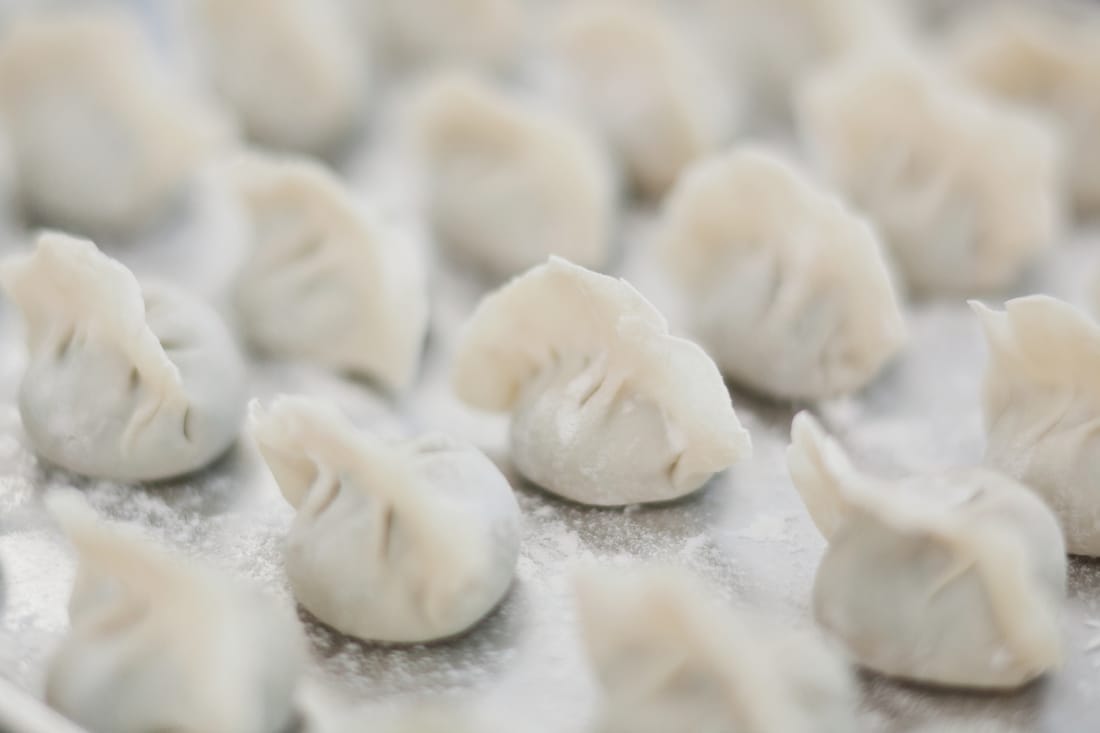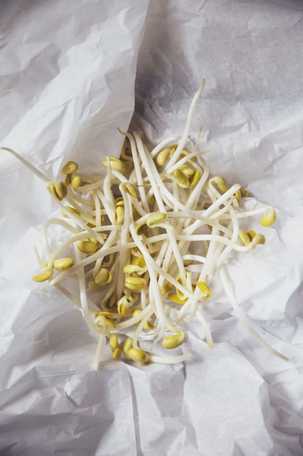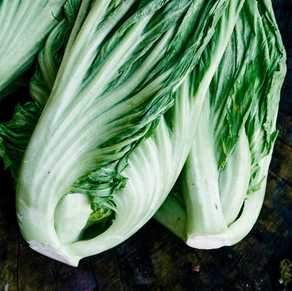|
Happy Chinese New Year! It's the year of the rooster!
Want to know a sneaky trick? If you'd like to know how old someone is without offending, ask their Chinese zodiac sign. The Chinese zodiac works on a 12 year cycle (maybe one day I'll tell you the story my mom told me about why there is no cat in the Chinese zodiac). It is my husband's year. He is a rooster, which means, he is either 12, 24, 36, 48, 60, 72, 84, 96, etc. years old this year. Upon researching the zodiac, we learned there are 5 Chinese elements, and this is the year of the Fire Rooster. You're a Fire Rooster if you're born this year, or were born in 1909. My husband is an Earth Rooster. The characteristics of an Earth Rooster fit him well - Earth Roosters love to travel, are trustworthy and generous, and are popular among their friends. We also learned that the year of your zodiac year can be unlucky. I think this is why according to my mom, you have to wear a red string around your wrist all year if it is your zodiac year. However, we also just learned that the color red, generally a auspicious color, is the unlucky color specifically for roosters. What to do?! We then tried to look up his lucky days, which are the 4th and 26th of each month. But...we're talking about 4th and 26th days on the lunar calendar, which is very different from the calendar that hangs on our fridge. This is getting even more difficult. Anyway, dumplings are traditionally part of our Chinese New Year feast - along with many other symbolic foods and dishes. My father likes to add a couple of scrubbed-clean coins to his batch of dumplings. The person who finds the coin is said to be set on the path of good luck for the new lunar year. At least we can depend on this easy-to-understand game of good luck!
1 Comment
You know those sprouts you find stir-fried in noodle dishes, or maybe raw, by the lime wedges and sriracha sauce next to your bowl of pho? They're VERY nutritious, but don't last more than a couple days in the fridge. However, they ARE easy and fun to sprout yourself. All you need is a small handful of mung beans to produce what you see above. Here are directions for sprouting beans/seeds, posted on my family/gardening blog (directions are also in The Chinese Kitchen Garden book). Try it yourself - sprout your own mung bean, alfalfa, or other seeds and let me know how it goes!
My New Year’s resolutions historically include some item that has to do with being more healthy. This year, I’m going to take some hints from myself and add more of certain vegetables to my diet. One great vegetable I'm going to try to eat more of is Chinese mustard. It's not usually as hot as other mustards though some varieties are more pungent than others. The heirloom mustard my father grows is not hotter than chard and can be used any way that chard is.
Chinese mustards are believed to be anti-inflammatory, can lower cholesterol, and are packed with vitamins, including a phytonutrient that may have cancer-preventative qualities. Getting more greens in the diet is always a good thing, and adding variety makes the goal more interesting! I'm really thrilled to announce that The Chinese Kitchen Garden book will be presented to the world from Politics & Prose bookstore in Washington, DC on February 5th, 2017. The event will take place starting at 1pm and will be no doubt the most satisfying talk I've done, as I'll share about the writing of the book, my motivations and inspirations, and also answer your questions. There will be food samples to try and books to purchase as well! Please mark your calendars. Hope to see you there!
|
AuthorI'm Wendy Kiang-Spray, gardener, home cook, and author of The Chinese Kitchen Garden. Learn more about the book here. Enjoy the blog and be sure to like The Chinese Kitchen Garden Facebook page for notifications when there are new posts. Archives
April 2019
Categories
All
|



 RSS Feed
RSS Feed